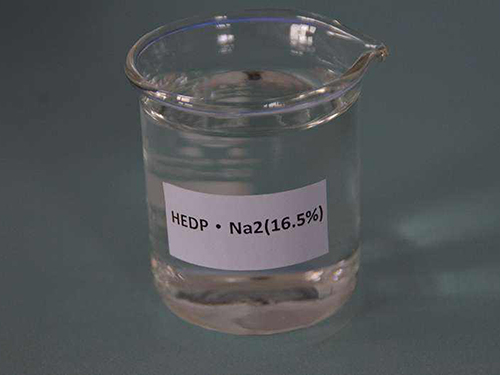Differences Between Flocculants and Coagulants in Water Treatment Processes
Understanding the Differences Between Flocculants and Coagulants
In the realm of water treatment and various industrial processes, the terms flocculant and coagulant frequently arise. While both are essential for removing impurities and clarifying water, they serve distinct roles and operate through different mechanisms.
What are Coagulants?
Coagulants are substances that promote the aggregation of particles in a liquid. When water is contaminated with suspended particles, coagulants are added to neutralize the charges on these particles. Common coagulants include aluminum sulfate (alum), ferric chloride, and polyaluminum chloride. The primary function of coagulants is to destabilize the particles, allowing them to clump together (coagulate) into larger aggregates. This process occurs rapidly and typically involves a quick mixing phase where the coagulant is thoroughly dispersed in the water.
Once coagulation occurs, the destabilized particles form larger clusters known as flocs. It is during this stage that the subsequent treatment processes become crucial. Coagulation is often the first step in a multi-step water treatment process; it prepares the way for the next phase where flocculation takes place.
What are Flocculants?
flocculant vs coagulant

Flocculants, on the other hand, are substances that further facilitate the aggregation of these larger flocs formed during coagulation. They are typically high molecular weight polymers that increase the size of flocs, thereby improving the efficiency of solid-liquid separation processes. Flocculants work by bridging the gaps between the particles, allowing them to bind together more effectively. This results in the formation of larger, denser flocs that can be easily removed through sedimentation or filtration.
Unlike coagulants, flocculants require slower mixing to allow for optimal floc formation. This gradual mixing enables the larger flocs to settle quickly, which is particularly important in water treatment operations where clarifying the water efficiently is paramount.
Applications and Environmental Impact
Both coagulants and flocculants have important applications in various industries, including municipal water treatment, wastewater treatment, mining, and in the paper industry. However, their environmental impact can vary significantly. While some coagulants are inorganic and can introduce metals into the water system, flocculants are often organic polymers that may be more biodegradable.
Conclusion
In summary, while both flocculants and coagulants play crucial roles in water treatment processes, they do so in different ways. Coagulants are used to destabilize particles and initiate the formation of flocs, while flocculants enhance the size and settling characteristics of these flocs. Understanding the differences between the two is vital for optimizing water treatment systems, ensuring efficient operation, and minimizing environmental impacts. Proper application of both substances can lead to clearer, cleaner water suitable for consumption and industrial use.
-
Dodecyldimethylbenzylammonium Chloride: High-Purity DisinfectantNewsAug.30,2025
-
2-Phosphonobutane-1,2,4-Tricarboxylic Acid: Scale & CorrosionNewsAug.29,2025
-
Premium Isothiazolinones | Broad-Spectrum Biocidal SolutionsNewsAug.28,2025
-
LK-319 Special Scale And Corrosion Inhibitor For Steel Plants: Advanced Solutions for Industrial Water SystemsNewsAug.22,2025
-
Flocculant Water Treatment: Essential Chemical Solutions for Purification ProcessesNewsAug.22,2025
-
Isothiazolinones: Versatile Microbial Control Agents for Industrial and Consumer ApplicationsNewsAug.22,2025





